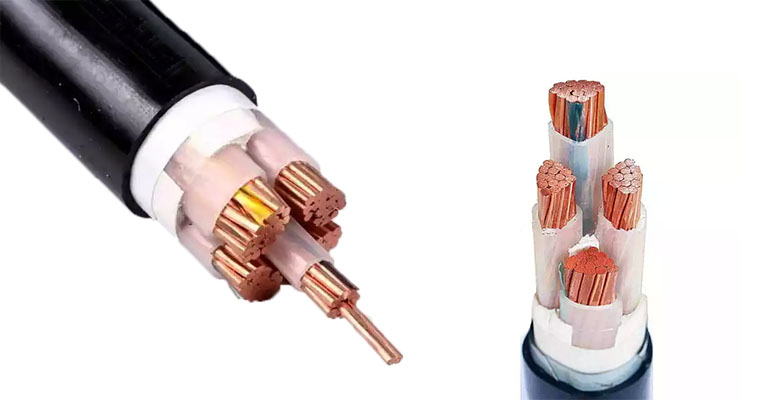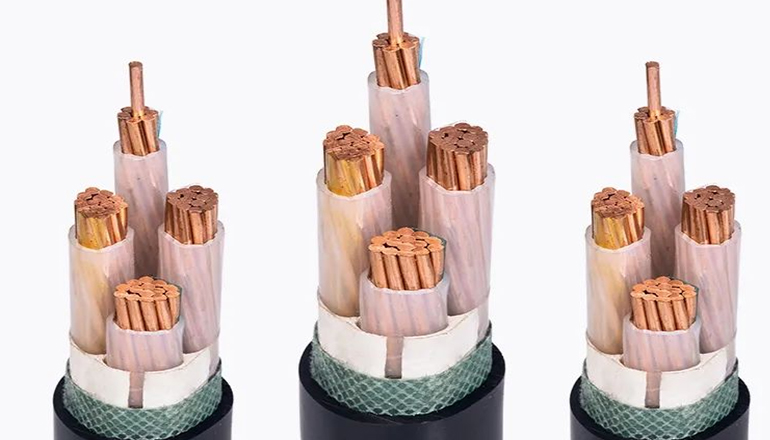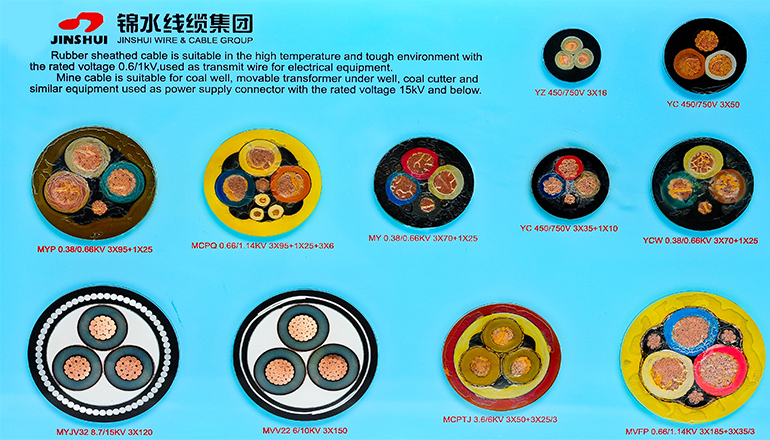- Offices Time:24 Hours Online
- Email:[email protected]
- WhatsApp:+8618339938759

Posted on December 27, 2022
Identification method of low-smoke halogen-free power cables
What exactly is a low-smoke halogen-free cable? In fact, its characteristics can also be obtained from the analysis of the name alone. Low-smoke means that this cable will not release too much harmful gas when it is burned, because ordinary cables will release it when it is burned. A lot of smoke and harmful gas, when the building catches fire and ignites the cables, many people surrounded by the fire are not directly burned to death by the flames, but are stunned by a large amount of harmful smoke released by the burning cables.
Low-smoke halogen-free cable means that there are no halogens, sulfur, nitrogen and other halides in the wire conductor. It has the advantages of excellent flame retardant performance, excellent insulation performance and good electrical conductivity. Mainly applicable to the field of building electrical, communication, etc. It is also a high-performance energy-saving and environmental protection product.
Halogen-free, that is, the cable will not release toxic gas when it is burned. Because of the material of the cable, ordinary cables will release toxic gases containing halogens when burned, but halogen-free cables will not release toxic gases, so more and more buildings In order to improve fire performance and personnel safety, low-smoke and halogen-free cables have been used.
Because of the characteristics of low-smoke and halogen-free cables, they are also called environmentally friendly cables. Due to the market demand in recent years, low-smoke and halogen-free cables have also become popular products in the cable industry, which has led some unscrupulous manufacturers to start producing fake and shoddy products. So how to identify low-smoke, halogen-free cables? One of the most commonly used methods is the identification of insulating materials.
According to whether the insulating material burns, identify its flame color; whether it emits smoke, and how much smoke it is to judge whether it is a low-smoke halogen-free power cable. Smoke; whether there is sol dripping, if so, check whether the sol continues to burn; and what kind of smell it produces when burning.

The state of some materials when they burn:
1.Teflon: It softens and deforms when exposed to fire, has a thin layer of zouqu, a small amount of coke, slightly burnt odor, and is non-flammable.
2.PVC: Green flame mask, softens and emits white smoke and smells of hydrochloric acid, self-extinguishing plastic; placed in water, sinks.
3.PE: blue mask, the burning area is molten and transparent, with melt dripping and candle smell; put it in water and float up.
4.PP: blue mask, the burning area is molten and transparent, with melt dripping and kerosene smell; put it in water and float up.
5.PU: Black smoke, melt glue dripping, no burnt ash, nitrogen oxide smell, burning property.
6.Nylon: blue mask, melting, burning hair, self-extinguishing.
7.Silicone: odorless, thick white smoke, white residual ash, self-extinguishing.
Another common identification method is the specific gravity method, which is to use the density to compare. Based on the density of water, put the material of the cable into the water. If the material sinks, it means that the density of the material is higher than that of water. It floats up, indicating that its density is less than that of water. This method can be easily used to identify flame-retardant power cables, flame-retardant wires, low-smoke halogen-free power cables, low-smoke halogen-free wires, etc.
Because of material cost and production cost, the price of low-smoke halogen-free cables is about 10% higher than that of ordinary cables. Industry, materials have a great impact on the price of the final product, and because the production process of low-smoke and halogen-free cables, the requirements for production equipment are also higher, so the production cost will also increase, resulting in low The final market price of smoke-free halogen-free cables is about 10% higher than that of ordinary cables.
Post categories
Most Popular Posts
-
The 136th Canton Fair welcomes you to participate!
October 12, 2024 -
High temperature cable introduction
July 26, 2024 -
Kenya Power and Energy Exhibition 2024
June 11, 2024 -
Introduction of rubber sheathed cable
June 5, 2024





